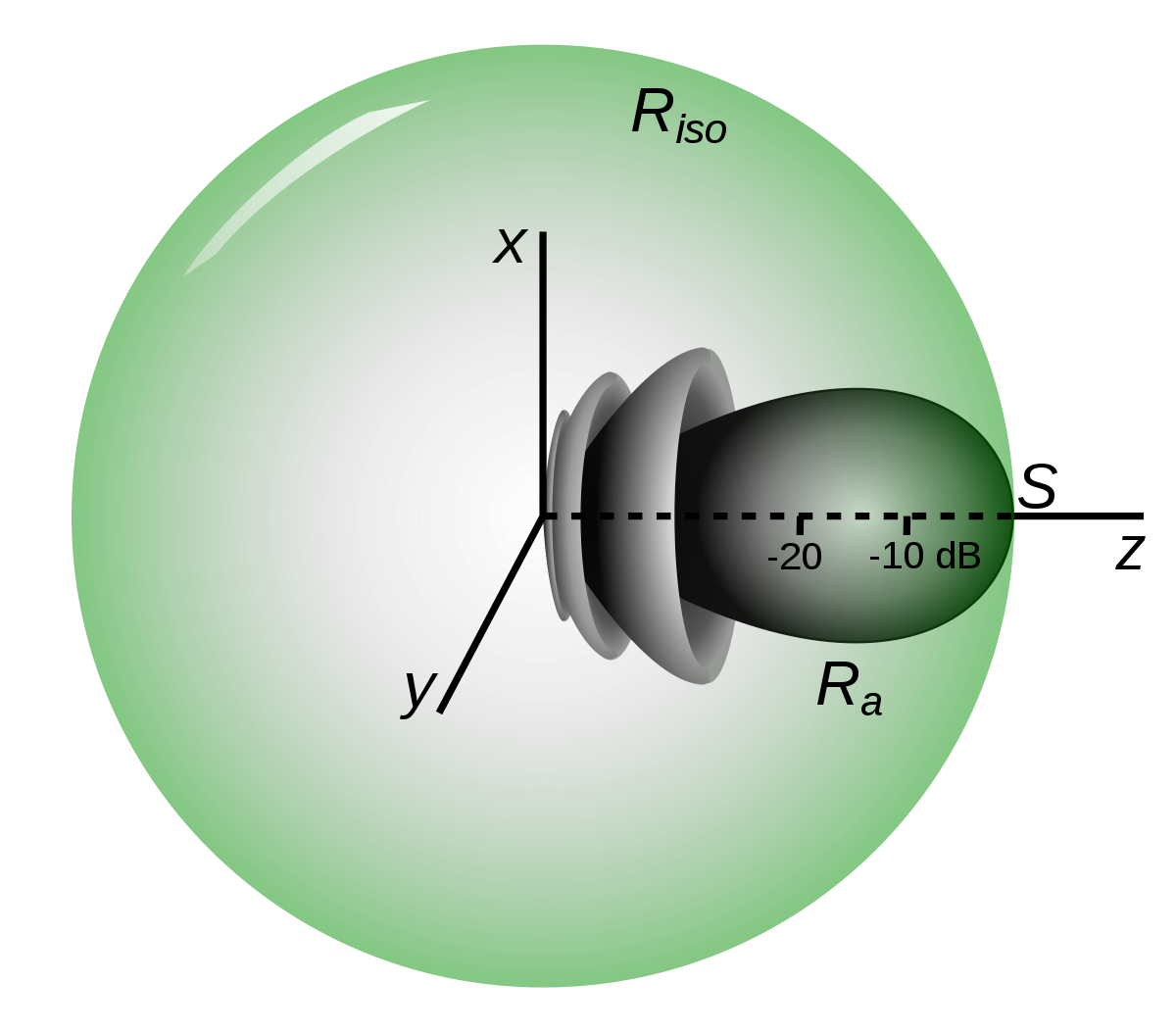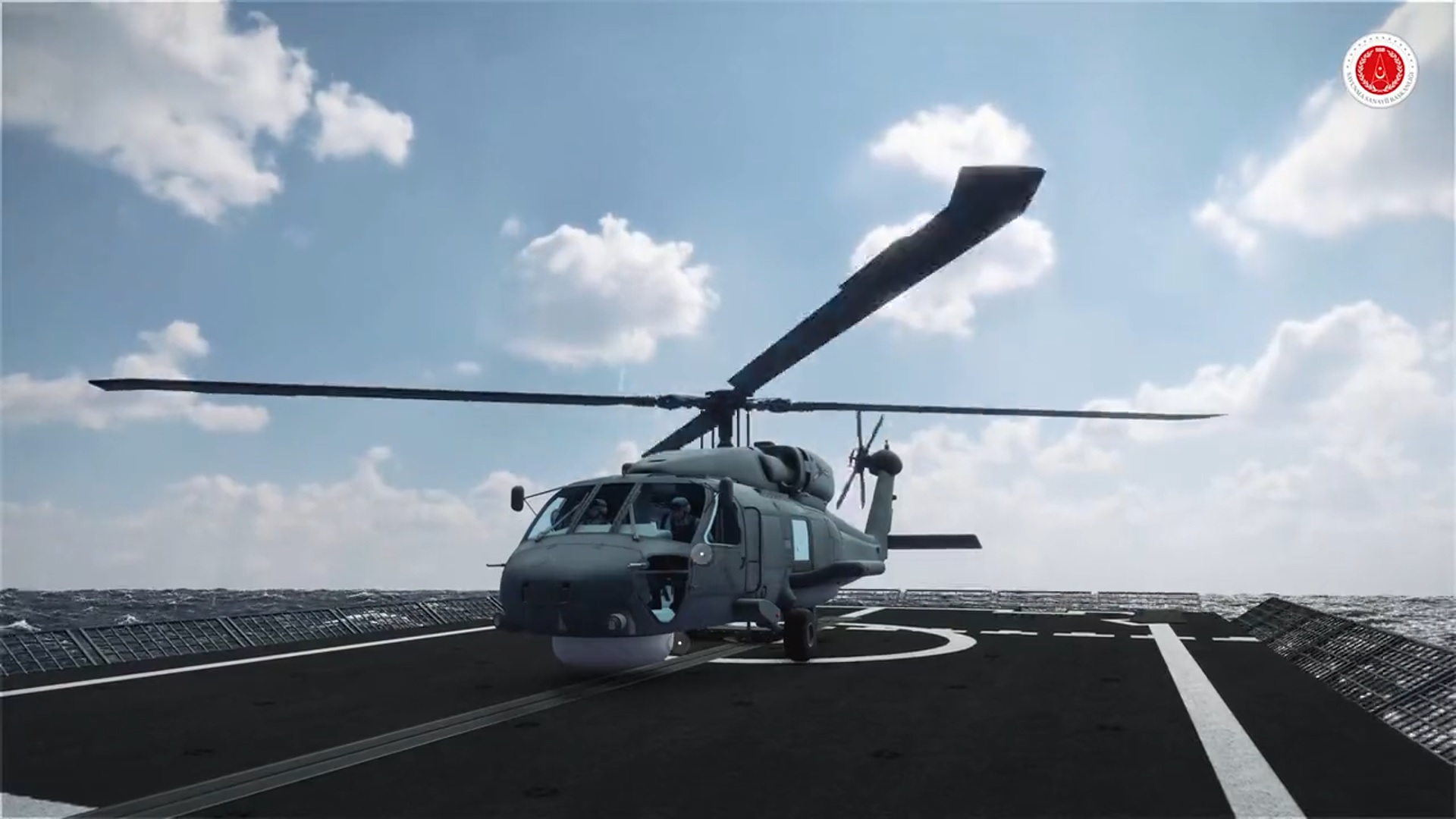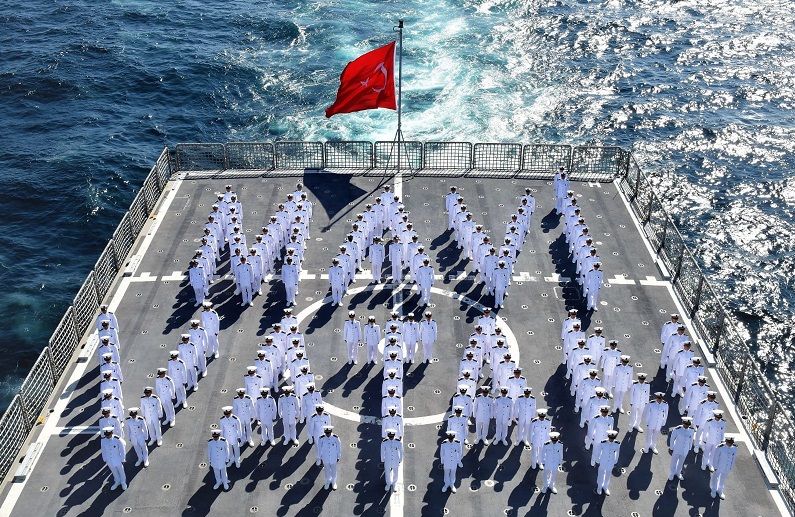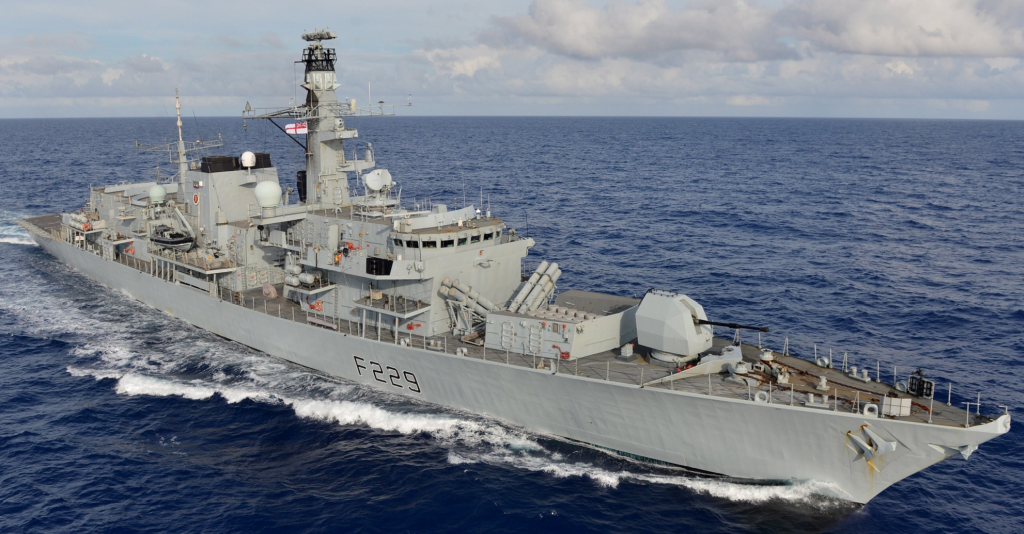Savunma, politika, istihbarat ve diğer her şeyin bulanık mantığı

www.siyahgribeyaz.com
Arda Mevlütoğlu, examines the evolution of the type 23 project over time. Google translated last section that he evaluates TN and the allegeded Type 23 procurement.
Evaluations
In the light of the age status of Type 23 class frigates in the British Royal Navy inventory and their retirement plans reflected in open sources, it is seen that in addition to HMS Monmouth, HMS Argyll in 2023 and HMS Lancaster in 2024 will be out of service. These will be followed by HMS Iron Duke in 2025, with subsequent ships gradually retiring until 2035.
There is not enough depth and detail to make a sound comment in the news and statements about Turkey's interest in Type 23 frigates. From the words of the Minister of National Defense Hulusi Akar, "There is nothing concrete or definite", it is concluded that a study is still in progress. It is not clear whether this work started with the proposal of the UK or the request of Turkey.
If the request came from Turkey, the most likely reason for this demand is the urgent need for a frigate class ship.
There are 16 frigates in Turkish Navy service, four of which are Yavuz class (MEKO 200TN Track I), four Barbaros class (MEKO 200TN Track II) and eight Gabya class (FFG-7 Oliver Hazard Perry) class; There are nine corvettes, four of which are Ada class (MilGem) and five Burak class (A69 D'Estienne d'Orves).
The combat management system of eight Gabya class frigates of these ships was renewed with the GENESIS project, and four of them were equipped with SMART-S Mk2 radar and Mk41 vertical firing system and ESSM air defense missile firing capability. The SMART-S Mk2 radar is also available on Barbaros class frigates, Ada class corvettes, Bayraktar class amphibious ships and the Anadolu amphibious assault ship that will be put into service soon.
Four Barbaros class ships are undergoing half-life modernization. Within the scope of half-life modernization for Barbaros class frigates, ASELSAN-made MAR-D three-dimensional search and Scorpion fire control radar, AREAS-2NC and ARES-2NV2 electronic warfare systems, GENESIS ADVENT Combat Management System, Atmaca anti-ship missile developed by ROKETSAN and ASELSAN Gökdeniz self-defense weapon system [27]
The project is of great importance in terms of increasing the number of ships using the Turkish GENESIS combat management system architecture and also indigenizing critical systems (target detection, electronic warfare and weapons) on board.
On the other hand, Yavuz class frigates and Burak class corvettes have come to the end of their lives. The electronic warfare systems of four Yavuz class frigates were renewed with systems produced by ASELSAN, with a project completed at the beginning of 2020.[28] However, it is doubtful how much longer the hull and machinery of these 40-year-old ships can withstand.
In the evaluations available in open sources, there is a dominant opinion that the Yavuz class frigates will be replaced by the Stack class national frigates.[29] The construction and equipping of Istanbul, the first of the four stowage class ships, continues. This ship is expected to enter service in 2023. However, the construction activity of the other three ships has not started yet. In line with the decision taken at the Defense Industry Executive Committee (SSİK) meeting in December 2022, these ships are planned to be built in 36 months, jointly by three shipyards (Sedef, ADİK and Sefine), under the main contractor of STM.[30]
Therefore, it is possible to say that the need for the renewal of Yavuz class frigates of the Turkish Naval Forces will be met around 2026-27, if the project schedule is not delayed further.
At this point, it becomes more difficult to explain the purchase of a Type 23 or any foreign ship in a different class on a rational basis. Administrative and technical negotiations, purchase agreement, preparation of the ships for delivery and subsequently equipping them to serve in the Turkish Naval Forces, preferably equipping them with domestic and national systems, putting them into service
following tests and experiences will require an average of 1-2 years per ship. Due to the structural condition of the ships (corrosion, wear, need for reinforcement, etc.), this process is likely to take longer.
There is no significant information in open sources about geopolitical risk assessment, threat assessment and predictions about the factors that shape the procurement and modernization projects of the armed forces. In other words, there is no publicly available document on the national security and defense policies of the Republic of Turkey, on which academic, intellectual and sectoral research or discussion can be conducted. In particular, there is no document or statement of the Turkish Naval Forces regarding a threat perception, change in force structure or a different situation, if it really exists, that may necessitate urgent recruitment.
Therefore, if such a request for Type 23 came from the Turkish side, it is impossible to explain this request with the available information and documents. Especially when the process of existing domestic and national projects is as summarized above. It should be emphasized that in the MilGem project this process has lagged considerably.
In addition to the financial resources that can be transferred to the domestic shipbuilding industry, the purchase of Type 23 carries the risk of disrupting the new domestic ship purchasing schedule due to the need to leave an average of 100 personnel to work on each of these ships. After these ships are purchased, they will need to undergo a comprehensive modernization so that they can be equipped with domestic and national weapon systems and electronic systems. Aside from the total time this modernization will take, it is doubtful what gap they will fill as they are already 30 years old on average. Transferring the financial resources, labor and shipyard infrastructure to be spent on these, to domestically designed combat ships would be a much more accurate decision.
Except for the RGM-84 Harpoon anti-ship missile and AN/SLQ-25A Nixie countermeasure systems used on Type 23 class ships, no hardware and components are available in the Turkish Naval Forces. Turkish sailors are not familiar with any of the systems and weapons systems, including the 114mm cannon, which is the head gun of the Type 23s. In this case, after the acquisition of the ships, it will be necessary to learn the maintenance, attitude and use of weapons and electronic systems, as well as the machinery and subsystems of the ships, and to adapt the ships to the operational methods and tactics of the Turkish Naval Forces. This will mean a certain amount of time and financial resources. While the Turkish Naval Forces equips all combat surface elements with the GENESIS combat management system,
the compatibility of Type 23s with the inventory, which has already undergone two refits and a half-life modernization, and whose hulls are heavily worn during offshore missions, is a waste of material and moral resources.
The Type 23s, designed to operate under the air defense umbrella of friendly elements, are extremely weak against modern anti-ship missiles. Adding a self-defense weapon system such as Phalanx, Gökdeniz or RAM to ships will require integration with a combat management system and radar, etc. sensors. This will be another issue that increases the time and cost of the ship's entry into service after a possible transfer. On the other hand,
in the Type 23 design, since there is no room left for the self-defense weapon system in the superstructure, it will be a problem to create additional space and ensure that it does not have electromagnetic and mechanical interference with other systems.
Type 23s that have undergone LIFEX and PGMU have many systems in common with the newly commissioned Type 26s: They have the same diesel engine, radar, air defense missile, hull-mounted and towed sonar systems. In this respect, it can be said that the modernized Type 23s are an element of gaining experience for the British Royal Navy in the transition to Type 26s. The retiring ships HMS Argyll and HMS Lancaster have undergone LIFEX but not PGMU. Considering that these ships also have common systems with Type 26, with the exception of diesel engines, it is very important for England to offer Type 26 to Turkey and to sell Type 26 to a country that can evaluate scrap at the age of 30, while its own shipbuilding industry has reached a certain level of competence. it will be easier. As it will be remembered, the UK offered the Type 26 to Turkey around 2011 with the "purchase of ready-made design" model, and Turkey rightly rejected this ridiculous offer.[31]
If the first proposal for Type 23 came from the UK, the most likely explanation for this scenario could be an effort to persuade Turkey to Type 26 through Type 23.
The following text, included in the parliamentary minutes, regarding the sales permit of the Type 23 frigates sold to Chile in the British Parliament, is noteworthy:
These licenses were assessed against Criterion 4 (preservation of Regional Peace Security and Stability) and approved on the assessment that there was no clear risk that they would be used aggressively against another country or to assert by force a territorial claim.
These licenses have been evaluated under Criterion 4 (Protection of Regional Peace, Security and Stability) and have been approved on the basis that they will not be used to make a territorial claim against another country in an aggressive manner or by force.[32]
It is in accordance with their national interests and foreign policies that the UK (or other countries) observe such criteria and rules in the sale of new or used weapons, tools - equipment. Similar rules and conditions will be imposed on a possible Type 23 purchase.
In this case, it is beyond the imagination of the author of these lines that under what conditions and conditions Turkey will deliver these ships to Turkey in the Eastern Mediterranean, which is the most important front of the Blue Homeland, where England is a direct stakeholder through the Akrotura and Dhekelia bases.
In Turkey, which established the aerospace and defense industry almost from scratch right after the establishment of the Republic, but these first steps were interrupted by foreign purchases and military aids since the 1950s, the defense industry and especially military ship design, construction and modernization capabilities have reached such an advanced level. It is devastating that an issue has even come to the fore in this way.










